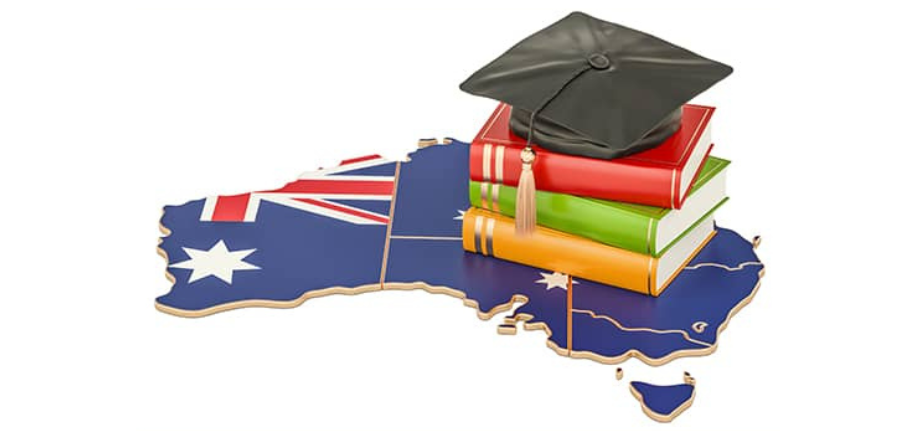
How Higher Education In Australia Can Benefit Indian International Students By Edugraph
Article Featured On: edugraph

Source: Shutterstock
- Australia opens borders for international students the first time since the pandemic
- The first batch of 500 international students expected to arrive by the end of 2021
There is a new spark of hope for students willing to partake in foreign education as Australia would open its borders for international students for the first time since the COVID-19 pandemic struck the country.
With the first batch of 500 students expected to arrive in Australia by the end of this year, more international students will join them from February to March 2022. Significant enrolment begins in Australia right from February and March in contrast to other competing nations like the US where it starts in September or October. It is, therefore, an advantage on Australia’s part as most students who aspire to begin their study abroad can pick the country as their first choice.
Global recognition
Australian degrees are recognised by the world’s top-notch educational institutions. Australian universities are also recognised for adapting to new technologies sooner and better than other countries like the US. All teaching-related facilities and the infrastructure offer the highest standard of excellence.
More than 14 Australian universities are among the top 100 universities globally, according to the current Times Higher Education rating, while more than half of Australian universities are among the top 500 institutions in the world.
Cultural diversity
Australia is a heterogeneous culture that values the socio-cultural variety that international students bring to its university campuses. It is one of the most socially diverse countries globally, with students from over 200 countries, including India. Here English is used as the medium of teaching in all universities and institutions.
Adaptable lifestyle
Australia is an inclusive society in which everyone is treated equally and is required to preserve the country’s values to maintain a high quality of living. It is one of the world’s most inviting and student-friendly countries. Many international students opt to study in Australia for a variety of reasons, including the beautiful scenery, vibrant towns and brilliant beaches.
Work opportunities for international students
Finding career possibilities while studying is a great advantage for international students in Australia. On an Australian student visa, international students are permitted to work part-time but not full-time. They are permitted to work 20 hours a week in addition to their studies. Working can help students better manage their money and provide them the opportunity to experience Australia’s professional sector.
The minimum salary in Australia is 17.70 Australian dollars per hour. Students can easily find part-time jobs in teaching, retail or any other secor related to their field of study. Having a good command of the English language makes it easier to get part-time work.
Work opportunities on student visa
If you have a valid student visa and are studying in Australia, you have the extra benefit of being allowed to work up to 40 hours every two weeks throughout your studies — this gives you the chance to work more one week and less the next or the other way around.
Australia also has a post-study visa system in place. Students may apply for permanent residency after completing a minimum of two years’ post-work visa after finishing their education. A student visa in Australia allows you to stay, study or work even after you finish your studies. There are two types of visas — Graduate Work Visa and Post-Study Work Visa. The length of your stay will vary depending on the stream you apply for.
Accommodation availability
International students studying in Australia have a wide variety of housing alternatives from which to select. You can stay in various places, including homestays, hostels, guest houses, rental properties, on-campus housing, residential colleges and apartments. However, university housing is scarce or non-existent in Australia.
While some on-campus accommodation is available, most Australian university students live off-campus in homestay programmes, hostels or rented apartments because of their affordability. Melbourne, Sydney, and Canberra are the most popular destinations for overseas students as these cities provide affordable housing and a diverse range of work opportunities.
Scholarships and financial alternatives
For many international students, study abroad fees are a huge concern. The Australian government sets aside more than $200 million each year for overseas students who come to study at Australian colleges.
Students interested in pursuing undergraduate or postgraduate degrees at these universities have a variety of financial alternatives. Platforms like The WorldGrad help students from the middle-income strata who can afford to study overseas for half of their education while completing their first year at home through online mode. This includes features like getting individualised academic assistance alongside one-on-one tutoring programmes available seven days a week.
(Abhinav Mital is the founder of World Grad, an organisation that makes overseas education accessible.)
